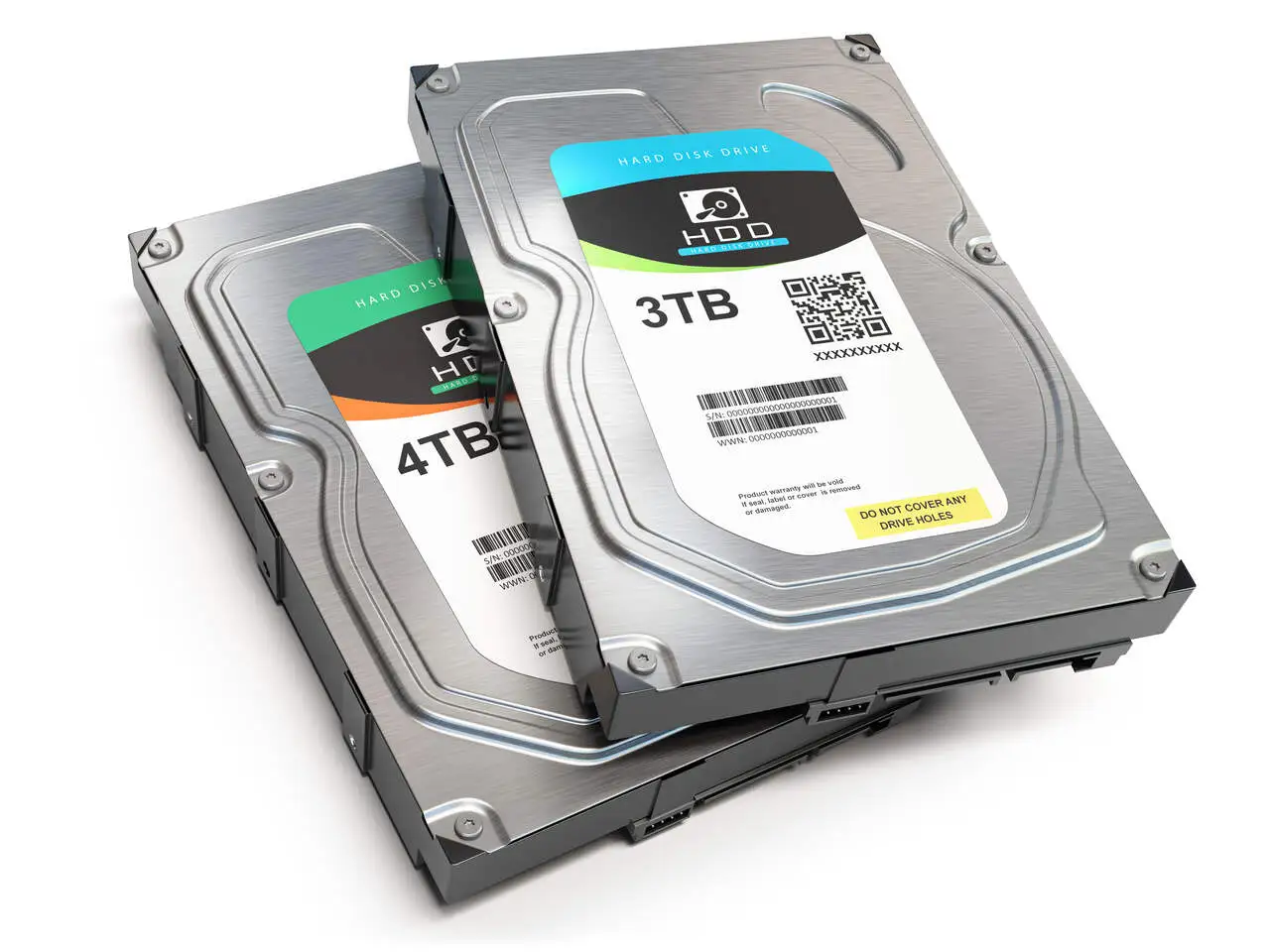RAID (Redundant Array of Independent Disks) systems represent an advanced approach to data storage, offering a combination of performance, reliability and capacity. There are different types of RAID, each designed to meet specific requirements, such as speed, redundancy or a combination of both.
Let’s explore some of the most common types of RAID configurations.
Main types of RAID
RAID 0 – Striping
This type of RAID divides data into blocks and distributes them among the disks. This results in a significant increase in performance, as several operations can be performed simultaneously. However, RAID 0 does not offer redundancy, which means that the loss of a single disk results in the loss of all data.
RAID 1 – Mirroring
RAID 1 creates a mirrored copy of the data on two different disks. This offers total redundancy, as the data is present on both disks. Although it offers high reliability, the net storage capacity is halved, as each piece of data is duplicated.
RAID 5 – Striping with Parity
RAID 5 uses striping to improve performance and includes distributed parity between the disks. This allows data to be reconstructed if one of the disks fails. RAID 5 offers a balance between performance and redundancy and is a common choice for file servers.
RAID 6 – Striping with Dual Parity
Similar to RAID 5, RAID 6 includes two sets of distributed parity. This provides greater fault tolerance, as the system can survive the simultaneous loss of up to two disks. However, the additional complexity can affect performance.
RAID 10 – Combination of RAID 1 and RAID 0
Also known as RAID 1+0, RAID 10 offers the best of all worlds by combining mirroring (RAID 1) and striping (RAID 0). It offers high redundancy and performance, but at the cost of half the net storage capacity.
Data loss in RAID
It is important to note that at all RAID levels data loss is a risk, even with all parities, these data losses can be caused by configuration errors, physical problems, logical problems and, most seriously, cyber attacks.
In the vast majority of RAID data loss scenarios, data recovery is possible, but it is extremely delicate, which is why choosing a qualified company is essential. Check out our RAID recovery services, we can recover data on all types of RAID.
Conclusion
The choice of RAID system type depends on the specific needs of each storage environment. Companies may opt for RAID 5 for a balance between performance and redundancy, while critical environments may prefer RAID 1+0 to ensure high reliability. The ongoing evolution of RAID technology and the emergence of new types, such as RAID 50 and RAID 60, continue to offer diverse options to meet the ever-changing demands of data storage.



